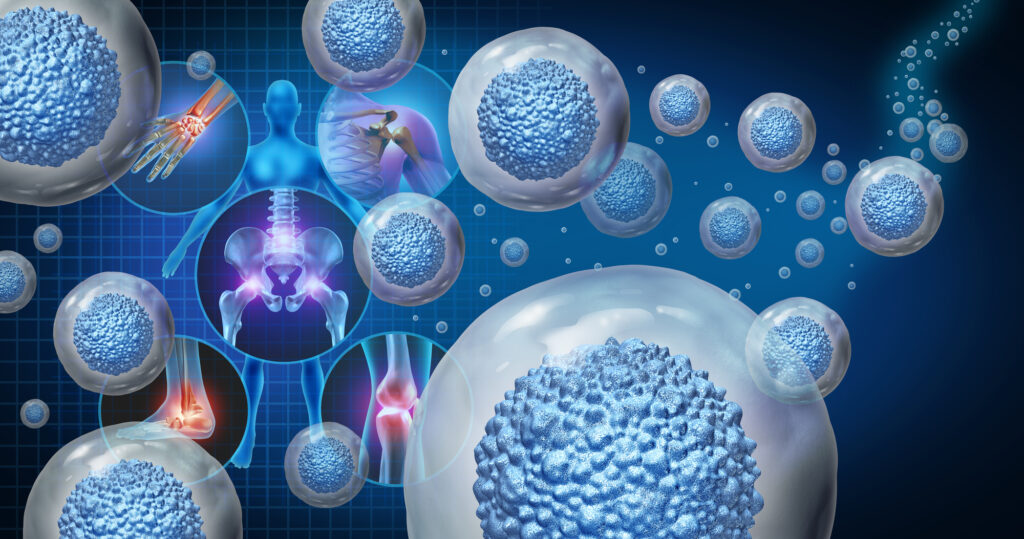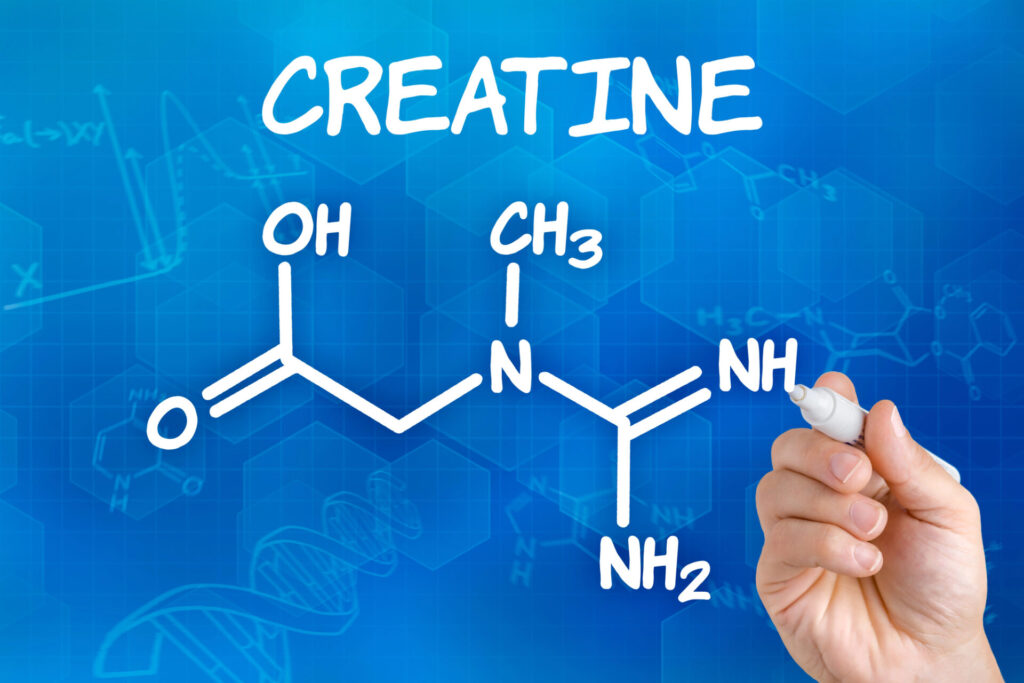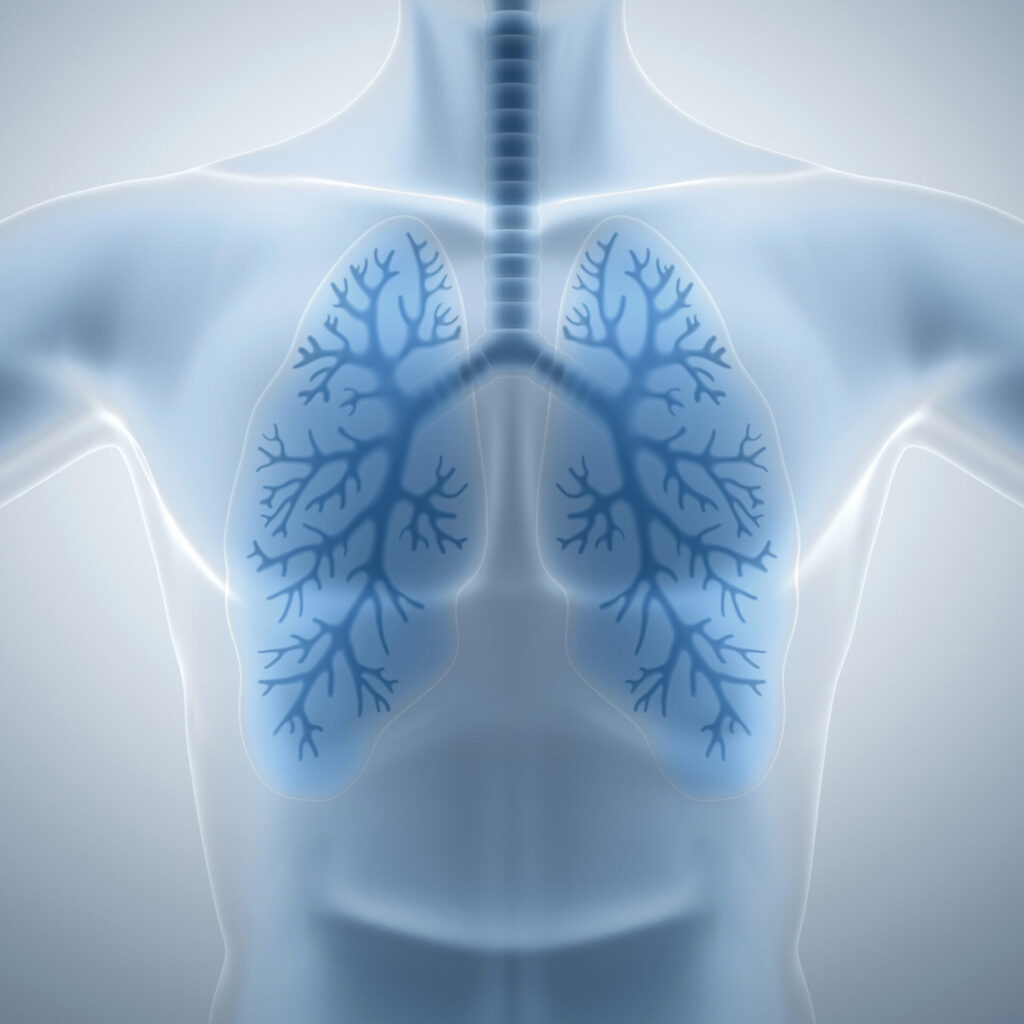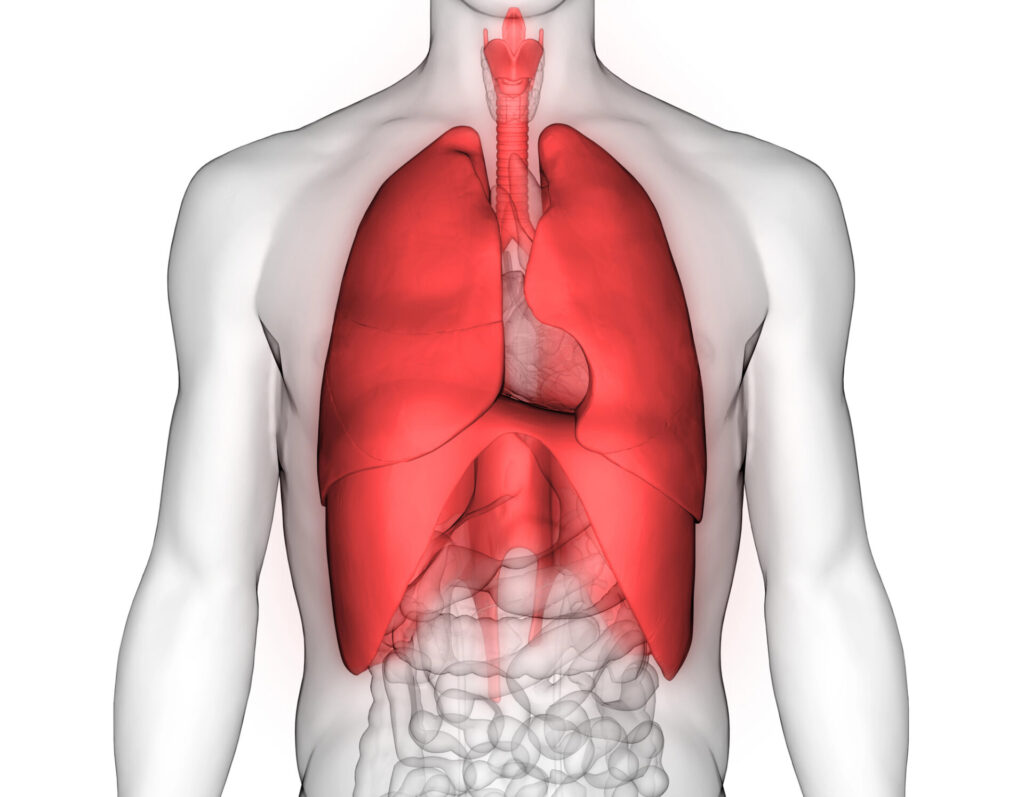One of the most exciting areas of medicine available today for treating both acute and chronic, degenerative conditions is Regenerative Medicine – one could suggest that it is the future of medicine available today.
In this article I would like to provide an overview of the current state of Regenerative Medicine and discuss the main categories typically included when discussing Regenerative Medicine including: transplantation, tissue engineering, gene editing and focus our article on the therapeutic modalities most common in clinical practice, namely PRP (Platelet Rich Plasma), stem cells, exosomes and an exciting new modality: PDPAs (Placenta Derived Protein Arrays).
Transplantation
Organ transplants have been available for decades now and can save an individual’s life when organs fail so transplantation of kidneys, livers, lungs, hearts etc. is common.
With advances in anti-rejection drugs the quality of life of post-transplant patients can improve significantly vs. their QOL during organ failure. Mind you the tradeoff of course is that immunosuppression leaves the patient more susceptible to infections however health care practitioners have become skilled at helping their transplant patients achieve a balance between rejection and infection.
Gene Editing
Everyone has mutations (polymorphisms) in their DNA and depending on the location and function of this section of an individual’s genome these polymorphisms may be of little consequence, or they may have a serious negative impact on an individual’s health.
These mutations could include a single DNA base to gross chromosomal abnormalities in which entire chromosomes are either duplicated or missing. This is one of the polymorphisms that I personally deal with in that I have a fused chromosome.
Some common examples of polymorphisms that can cause significant health issues include: Cystic Fibrosis, Huntington’s Disease and hemochromatosis which can result in an iron overload.
A key development in gene editing was the development in 2012 of the CRISPR-Cas9 technology which allows for making specific changes in an organism’s DNA to alter a specific DNA sequence. This allows mutations in an organism’s DNA (polymorphisms) to be replaced with the specific DNA sequence that replaces the DNA segment (perhaps a duplicate or missing DNA sequence or individual nucleotides). This is primarily done with enzymes, particularly nucleases.
Some gene editing has been carried out with dramatic improvement in the health of the individual however the challenge is that we don’t know enough about DNA and how it functions to know what the overall consequences are of adding and removing sections of DNA.
Tissue Engineering
Tissue engineering is an exciting area of considerable R & D.
A definition of Tissue engineering would be as follows (from the NIH – National Institute of Biomedical Imaging and Bioengineering):
“Tissue engineering evolved from the field of biomaterials development and refers to the practice of combining scaffolds, cells, and biologically active molecules into functional tissues. The goal of tissue engineering is to assemble functional constructs that restore, maintain, or improve damaged tissues or whole organs. Artificial skin and cartilage are examples of engineered tissues that have been approved by the FDA; however, currently they have limited use in human patients.”
This is an area of research that has huge potential for health care in the future.
PRP (Platelet Rich Plasma)
PRP is an injection derived from the patient’s own blood which is processed in such a way to increase the number of platelets. Platelets contains compounds (proteins) which can enhance tissue healing and repair. The process involves four steps: extraction, centrifuging, processing and injection. PRP treatments can help to reduce pain and stiffness and it is often used for tendon and soft tissue injuries as well as for osteoarthritis. It is often used in cases of athletic related injuries and it has become popular form of treatment for not only professional athletes but also the general public. There are some published studies indicating that PRP treatments can not only decrease pain but also allow an indivi dual to increase their level of activity. It is also used in some cosmetic procedures and for post surgical applications. While PRP treatments seem to provide benefit like a lot of the Regenerative Medicine treatment modalities we are discussing more research needs to be done to corroborate efficacy.
Stem Cells
Stem cells are unique cells in the body that have the capacity to self-renew, producing more stem cells and the potential to differentiate.
Stem cells have tremendous potential to positively impact on damaged tissue, autoimmune conditions, neurological issues, diabetes, reverse aging and many other benefits – HOWEVER – much more research needs to be done before health benefits can be confirmed and approved. At the current time, none of these claims have been approved by the FDA and the only approved application of stem cells is as follows: (from an article on the DVCSTEM website)
In mid-2020, they issued an advisory, “Consumer Alert on Regenerative Medicine Products Including Stem Cells and Exosomes.” In it they wrote:
“Stem cell products are regulated by FDA, and, generally, all stem cell products require FDA approval. Currently, the only stem cell products that are FDA-approved for use in the United States consist of blood-forming stem cells (also known as hematopoietic progenitor cells) that are derived from umbilical cord blood. These products are approved for use in patients with disorders that affect the production of blood (i.e., the “hematopoietic” system) but they are not approved for other uses.”
The two most common sources of stem cells used for therapeutic applications in the US are autologous bone marrow aspirate concentrate (BMAC) and adipose-derived stromal vascular fraction (ADSVF).
And certainly, anecdotal feedback has suggested that individuals may derive benefits from these treatments however a recently published study has suggested that “both these sources of stem cells are thought to contain mesenchymal stem/stromal cells (MSCs), cells that can differentiate into muscle, bone and other connective tissues”. (from an article published by Science Daily referencing this study)
However the study results suggested that: “MSC concentrations in BMAC formulations were extremely low, and that overall, there were no comparable “stem cell” types in both therapies. In fact, the two treatments had very different compositions; BMAC was composed mainly of red and white blood cells, and ADSVF was composed mainly of connective tissue cells.
In addition, many proteins associated with regenerative function were either absent or found in extremely low concentrations in both therapies, calling their mechanisms of action and overall efficacy into question.”
Stem cell therapy is available in the U.S. however clinics providing these services are operating in a legal gray area. In other countries stem cell therapy is likewise regulated but may have greater a greater degree of regulatory approval.
Exosomes
Here is a definition of exosomes from an article on the Dearing Clinic website:
“Exosomes are small vesicles, or containers, released by the cells that hold proteins, lipids, and genetic material such as microRNAs that play a powerful role in the body’s cellular communication. Because they can transfer bioactive molecules to recipient cells, exosomes are used therapeutically to help repair and regenerate tissue, modulate immune responses, and reduce inflammation”.
So just like stem cells exosomes hold tremendous potential for health improvement however the same issues apply to exosomes as stem cells: more research is needed to corroborate their efficacy and validate claims and they are not approved as a treatment protocol by the FDA.
PDPAs – Placenta Derived Protein Arrays
A new treatment modality which has recently become available in the Regenerative Medicine spectrum is PDPAs – Placenta Derived Protein Arrays.
What is unique about PDPAs is that it does not contain any biological material – no DNA: it is acellular.
A US based cGMP/FDA approved laboratory has developed and made available in the market a PDPA product by the name of “Cell Factors”
From the lab:
“We have developed a way to process, collect, measure, and apply all the regenerative messages we’re born with, mimicking the body’s complete natural homeostasis and response to stressors
in our youth.”
PDPAs are estimated to be on an order of magnitude (1,000x) more potent vs. conventional treatments like Platelet Rich Plasma (PRP).
PDPAs, per the FDA’s own statements are not a biologic and as such can be categorized alongside other sterile injectable FDA compliant manufactured products like compounded vitamins and minerals
The process of manufacturing the PDPAs product involves harvesting placental tissue from C-section births (only high-quality tissue is accepted and it is screened for all viral/bacterial organisms (HIV, Hep C etc.) and it is processed to exclude microplastics.
The tissue is harvested from five sources within the placenta: Wharton’s Jelly, Amniotic Fluid, Amnion
Membrane, Chorion Membrane and Umbilical Cord Blood. This is important to ensure that all the embryonic tissue lineages are included in the finished product to ensure a comprehensive regenerative effect, and this is a distinct difference vs. most stem cell products.
The size of the PDPAs particles is small enough – on average 100 nm to allow it to cross the blood/brain barrier so that it could potentially have an impact on the brain and nervous system.
The science demonstrates that complete regenerative messaging remodels to youthful stasis, including but not limited to:
- Joints
- Autoimmunity
- Mutations
- Hormones
- Cognition
- Muscle
- Neurological
- Cardiovascular
- Pulmonary
- Organs
RNA from monocytes, macrophages, neutrophils, epithelial, mesenchymal, adipocytes, progenitor and multiple stem cell lineages promotes up and down regulation for:
- Immunomodulatory
- Pro-inflammatory
- All tissue balance
- Proteolytic enzymes and proteolytic enzyme inhibitors
- Cytokines
- Angiogenesis
- Proliferation of fibroblasts, osteoblasts, tenocytes
- Vascular smooth muscle cells
- Degradation of gelatin and collagen including I, II & V
Moreover, this provides a conductive scaffold for cell migration and proliferation during tissue repair and remodeling near the sites of application along with the removal of dead tissues following inflammation.
For more information on this PDPA product you can review information on the website: GetCellFactors.com or contact me directly: Rob@GetCellFactors.com
In summary, Regenerative Medicine holds tremendous potential to positively impact on health issues as well as some of the negative aspects related to the aging process. It is an exciting time in health care to be able to witness the progression of Regenerative Medicine and the positive impact it is having on health care now and the expectation that it will have an even bigger impact in the future.





